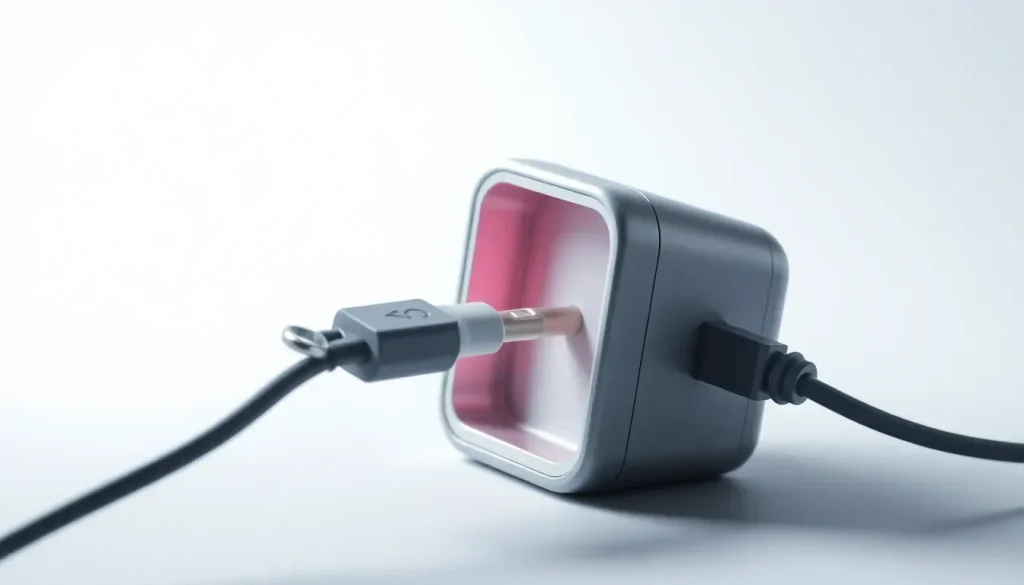Charger first, now USB cable may vanish from phone box

In the ever-evolving landscape of mobile technology, recent trends suggest a significant shift in how devices are packaged. With companies prioritizing sustainability and cost-cutting, the absence of essential components like charging cables in mobile device boxes is becoming commonplace. This change might seem minor at first glance, but it raises critical questions about usability, compatibility, and consumer choices.
As manufacturers like Sony lead the charge in eliminating USB cables from their packaging, consumers must navigate the implications of this trend. Understanding the reasons behind this decision and its potential impact on the market can help users make informed choices when purchasing new devices.
- Why are USB cables disappearing from mobile packaging?
- Environmental impact and the argument for sustainability
- The economic implications for manufacturers
- The importance of certified USB cables
- How to properly disconnect your device from the charger
- What to do if your device doesn't recognize the USB cable
- Potential future of mobile packaging
Why are USB cables disappearing from mobile packaging?
The trend of excluding USB cables from mobile device boxes is primarily driven by two factors: environmental considerations and cost savings. As manufacturers strive to reduce their carbon footprint, they are finding ways to minimize packaging waste. However, not all consumers may view this as a positive change.
One of the first major companies to implement this change was Sony with its new Xperia 10 VII model, which is sold without both a charger and a USB cable. The decision aligns with a broader industry movement towards sustainability, yet it also raises concerns about consumer convenience and product accessibility.
Environmental impact and the argument for sustainability
Brands often cite environmental reasons for their decisions to exclude accessories like USB cables. Here are some key points:
- Reduction of electronic waste: By not including additional cables, companies aim to decrease the volume of unused electronic accessories.
- Smaller packaging: Fewer components mean smaller boxes, which can reduce shipping costs and environmental impact related to transportation.
- Encouraging recycling: Manufacturers hope consumers will recycle their old cables instead of accumulating more unused ones.
While these points are valid, they don't completely address consumer needs. Many users rely on included accessories for convenience, and the sudden removal can lead to frustration, especially if they don’t have compatible cables readily available.
The economic implications for manufacturers
Another major factor behind this trend is the potential for increased profits through accessory sales. When companies eliminate USB cables from the packaging, they can:
- Encourage purchase of branded accessories: Consumers may feel compelled to buy official cables to ensure compatibility and performance.
- Generate additional revenue streams: Brands can profit from selling certified cables, which can be more expensive than generic options.
- Reduce costs: With fewer components in the box, companies save on manufacturing and shipping expenses.
For example, Apple has successfully capitalized on this strategy, selling its own certified cables at premium prices, thus contributing significantly to its revenue. This tactic raises questions about consumer loyalty and whether users will continue to support brands that prioritize profit over convenience.
The importance of certified USB cables
Understanding the differences between USB cables is crucial for consumers. Not all cables are created equal, and using non-certified options can lead to various issues:
- Inconsistent charging speeds: Generic cables may charge devices more slowly, leading to inconvenience.
- Limited functionality: Certain features on advanced devices may only be activated with certified cables.
- Risk of damage: Poorly made cables can overheat or cause voltage fluctuations, potentially damaging the device.
This highlights the importance of considering the source of any replacement cables. Opting for certified products can ensure optimal performance and safety.
How to properly disconnect your device from the charger
As mobile devices become more complex, it's essential to understand the correct procedure for disconnecting chargers to avoid damage:
- Unplug the charger from the wall: This prevents any power surge from affecting the device.
- Remove the cable from the device: Do this carefully to avoid damaging the port.
- Store the charger properly: Keep it in a safe place to avoid wear and tear.
Following these steps can extend the lifespan of both your charger and your device.
What to do if your device doesn't recognize the USB cable
If you encounter issues with your device failing to recognize a USB cable, consider the following troubleshooting steps:
- Check the cable: Ensure that the cable is functioning correctly and is compatible with your device.
- Inspect the port: Look for any debris or damage in the USB port that could hinder the connection.
- Try a different charger: Sometimes, the issue lies with the charger rather than the cable.
For a visual guide on how to address USB connection issues, you can check out this informative video:
Potential future of mobile packaging
As the trend of excluding USB cables becomes more widespread, consumers must remain vigilant. The absence of essential accessories raises questions about future purchases:
- Will consumers adapt? Over time, users may find alternative solutions but could also become frustrated with the lack of inclusivity.
- Are regulations needed? Consumer advocacy may lead to calls for regulations mandating the inclusion of essential accessories.
- How will brands respond? Companies may need to balance sustainability with consumer expectations to maintain loyalty.
Ultimately, while the trend towards reduced packaging can benefit the environment, it is essential to ensure that consumers are not left behind in the process. As technology advances, finding a balance between sustainability and usability will be crucial for manufacturers and users alike.




Leave a Reply